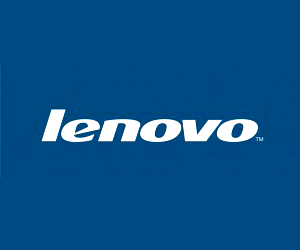Market saturation has brought about the slowing down of demand for matured technological products, one of which is the laptop in recent years. However, a segment within laptop which has been bucking the downtrend and continues to report surging sales is the ultrathin laptops. Defined generally by GfK as laptops weighing less than 2.3 kg and measuring less than 21mm in height; this segment has been steadily gaining share in the laptop market consecutively in the last five years.
Nearly 1.7 million laptops were sold in retail shops in Korea in 2013; around 8 percent less than the previous year. The ultrathin segment only accounted for 17 percent in 2012 but managed to grow its share substantially to reach 29 percent within a year as consumers snapped up some 490,000 units of such laptops in 2013. This reflects a robust 58 percent growth over the previous year.
“The ultrathin version of laptop cost around 20 percent more than the normal type but Koreans do not mind forking out the extra money to buy this compact model, which has been gaining immense popularity in recent years,” said Chang KyungEun, Managing Director of GfK in Korea. “The PC market has started trending down due to maturation of the local market but the ultrathin segment has continued to remain in strong demand and even turned in double-digit growth in volume sales in the past year.”
In spite of the shrinkage of the overall value of the laptop market by 11 percent in 2013, the ultrathin segment drew over USD502 million in sales revenue—USD99 million, or 26 percent more than the year before.
The upward growth trend of ultrathin segment is expected to sustain especially with the intensifying competition among manufacturers. The numbers of models available in the local market has more than doubled in the past 12 months, from 308 in 2012 to 685 in 2013, providing a wider mix of features and designs for consumers to choose from. The average price of the ultrathin segment has corresponding dropped around 18 percent in the span of one year thereby increasing its affordability.
“Whereas tech savvy consumers were previously more interested in a laptop’s features and performance such as CPU Cores and clocking speed, the focus in 2013 has shifted and the market is now into design more than anything else,” noted Chang.
Towards the end of 2013, the 2-in-1 PC, also known as the computing tablet entered the local market; gaining acceptance amongst consumers in the country and managing to garner 5 percent share in the overall mobile PC market.
“The computing tablet has been well-received since its launch and this product is anticipated to have a significant impact on the overall mobile PC market here,” said Chang. “It is likely that the ultrathin segment may face some challenges in the long run, but in the near future, we expect growth to continue on an uptrend,” concluded Chang.




